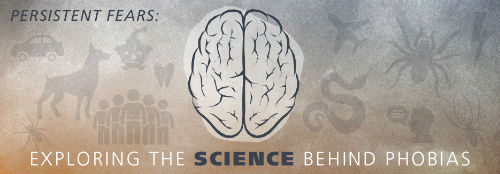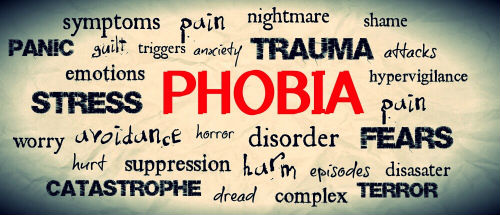Orange County Anxiety Therapist – Are Specific Phobias Common?
A specific phobia is a type of anxiety disorder. It goes beyond the typical phobia, in that it lasts long and is unreasonable in nature. A specific phobia comes about from the presence or thought of an object or situation. There is actually no or little danger involved. However, exposure to the object or situation makes the individual with the phobia react with severe anxiety. The individual may choose to avoid the situation or object completely. He or she may feel so much distress that normal life may be interrupted. Adults with specific phobia usually know that the fear and anxiety are unreasonable, but cannot control it. The different types of specific phobias are based on the situation or object that is feared. A person can have more than one of them. They include:
Situational phobias: fear of driving, going over bridges, flying, using an elevator, and more.
Natural environment phobias: fear of heights, storms, bodies of water, and more.
Animal phobias: fear of snakes, dogs, bugs, and more. These are the most common specific phobias.
Injection-injury phobias: fear of injury, seeing blood or of some types of medical procedures.
Other phobias: fear of falling, loud sounds, clowns, and more.
Symptoms of specific phobias include:
- Unreasonable fear of an object or situation
- Avoidance of the object or situation
- Coping with the object of fear with great anxiety
- Physical symptoms, like a sweating, trembling, shaking, fast heart rate, nausea, diarrhea, numbness, tingling, breathing difficulty, dizziness, choking sensation
- Anticipatory anxiety, which is characterized by being nervous about possible upcoming situations involving the object of the specific phobia
In the United States, there are over 6 million adults with specific phobias. Phobias typically first develop in late childhood and adulthood. They may occur in early childhood, as well. They usually subside over time when it comes to kids. When it comes to the genders, they are somewhat more common in females than in males. They start suddenly in adults and last longer than general childhood phobias. About 20 percent of specific phobias go away without treatment in adults. An Orange County therapist specifically trained in dealing with anxiety disorders often use different types of cognitive therapies to help their clients deal with specific phobias.

What Causes Specific Phobias?
Even though it is still not known what causes specific phobias, most of them are associated with a horrific experience or learned response. As an example, if someone has been bitten by a dog, a specific phobia towards dogs may begin to develop. Witnessing a horrific event may also lead to a specific phobia. Also, repeated warnings about dangerous situations may lead to a specific phobia. A fear may be initiated by the phobias of other people. If an adult reacts with anxiety toward a cat, their child may react the same way.
In order to diagnose a specific phobia, a doctor will make sure that symptoms are present. He or she will then perform a physical exam and record the medical history of the patient. Although currently there aren’t any lab tests that diagnose a patient’s specific phobias, the physician may make use of other tests that rule out the case of physical illness causing the symptoms. When physical illness is not the problem, the patient will then be referred to an Orange County anxiety counselor or psychiatrist. Treatment may include cognitive-behavioral therapy and medication.

